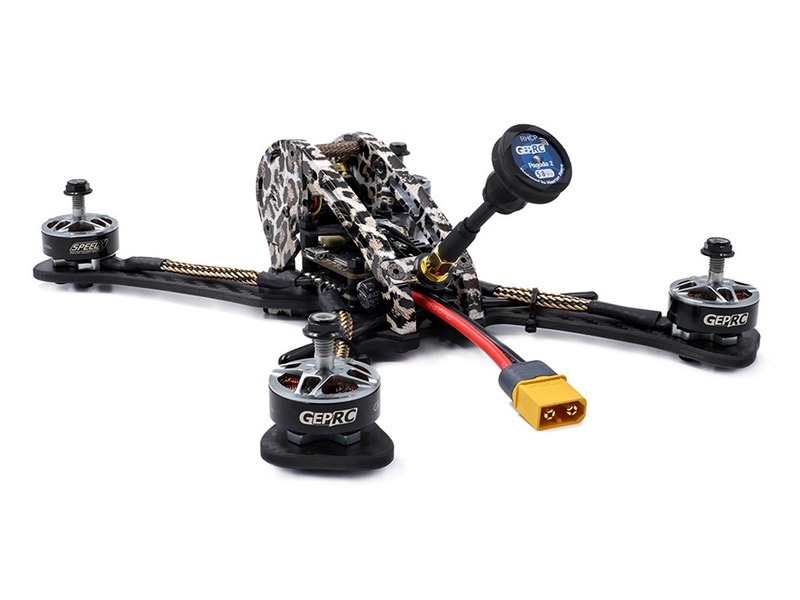What makes a drone fly fast?

A drone is an unmanned aerial vehicle (UAV) that is powered by an electric motor and controlled remotely by a pilot. Drones are used for a variety of purposes, including surveillance, photography, search and rescue, and delivery. The speed of a drone depends on several factors, including the type of drone, the size of the drone, the power of the motor, and the weight of the payload.
The type of drone is one of the most important factors in determining the speed of a drone. Different types of drones have different capabilities and features, and some are designed for speed. For example, racing drones are designed to be lightweight and aerodynamic, and they are equipped with powerful motors that allow them to reach speeds of up to 100 mph. Similarly, military drones are designed for speed and agility, and they are capable of reaching speeds of up to 200 mph.
The size of the drone is also an important factor in determining the speed of a drone. Larger drones are able to carry heavier payloads, and they are able to reach higher speeds. Smaller drones are limited in their payload capacity and are not able to reach the same speeds as larger drones.
The power of the motor is also an important factor in determining the speed of a drone. The more powerful the motor, the faster the drone can fly. Motors come in a variety of sizes and power ratings, and the most powerful motors can reach speeds of up to 200 mph.
Finally, the weight of the payload is also an important factor in determining the speed of a drone. Heavier payloads require more power to lift, and this can reduce the speed of the drone. Similarly, lighter payloads require less power to lift, and this can increase the speed of the drone.
Overall, the speed of a drone is determined by several factors, including the type of drone, the size of the drone, the power of the motor, and the weight of the payload. Racing drones are designed for speed, and they are capable of reaching speeds of up to 100 mph. Military drones are also designed for speed and agility, and they are capable of reaching speeds of up to 200 mph. The size of the drone, the power of the motor, and the weight of the payload are also important factors in determining the speed of a drone.
Comments / Question
1. Increase the drone's flight controller's PID values to increase responsiveness and agility.
2. Upgrade the drone's firmware to the latest version to optimize performance.
3. Install a faster, more powerful autopilot system with better algorithms and navigation capabilities.
Hardware Modifications:
1. Increase the size and number of propellers to create more thrust.
2. Upgrade the drone's motor to a more powerful model.
3. Add additional batteries to increase the drone's power and endurance.
4. Install a lightweight frame and carbon fiber body to reduce drag.
5. Install a larger, more efficient ESC (Electronic Speed Controller).
2. Aluminum: Aluminum is another lightweight material that is often used to construct drones. It is strong and lightweight, making it ideal for drone construction.
3. Plastic: Plastic is a lightweight and inexpensive material that is often used to construct drones. It is lightweight and can be molded into various shapes and sizes.
4. Foam: Foam is a lightweight material that is often used to construct drones. It is lightweight and can be molded into various shapes and sizes.
5. Composite Materials: Composite materials are a combination of two or more materials that are used to construct drones. These materials are lightweight and strong, making them ideal for drone construction.
2. Reduce the weight of the drone.
3. Increase the surface area of the wings.
4. Use airfoils to create lift.
5. Reduce the drag coefficient of the drone.
6. Increase the angle of attack of the propellers.
7. Use a ducted fan design.
8. Utilize boundary layer control.
9. Install a ram-air intake.
10. Utilize a biplane design.

